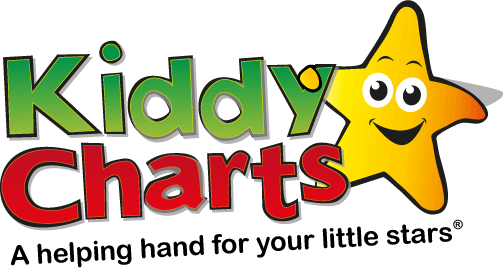Who doesn’t enjoy a good party? Planning a kids party, however, can be quite another matter – especially when with children’s party, expectations appear to have rocketed in recent years. Long gone are the days when you could just feed the little darlings some jelly and ice cream, and expect them to entertain themselves for a couple of hours. Today, throwing a kid’s birthday party can be a bit like organising a military manoeuvre, covering all the bases and preparing for every eventuality. Happily, the Mind Map is on hand to help. We’ve created a Mind Map to show how to plan a children’s birthday party with a superhero theme, but you can of course use any theme you like – or, alternatively, leave out the children, if you wish! We do have advice for a winter birthday party in another article – so do check that out too.

A Mind Map is a powerful thinking and planning tool that can help you get to grips with any topic. At its simplest, it is a diagram with branches radiating out from a central image, each branch carrying a single word or a picture that summarizes an aspect of the topic. The branches then expand into sub-branches, as you delve further into each aspect. Be as creative as you like with symbols, images and colours, so that your Mind Map ends up really bold, bright and inspiring.
The branches of a kids’ party Mind Map could explore the same core logistics as an adult party: once you’ve set the date, you need to choose a theme (if you want one) and a venue, setting considerations such as cost, space and transport against each other. Then draw up your guest list and plan the entertainment, the food and drinks and the decorations, exploring these on the main branches and sub-branches of your Mind Map. If the party is going to include any special features, such as games, swimming or a magician, include these in your Mind Map too. You could also use one of the branches to explore how your party will reflect the theme, perhaps through costumes, decorations and the small gifts that the children get to take home.
You will need:
- A large sheet of plain white paper,
- A selection of coloured pens or pencils,
- A brain,
- An open mind, and finally
- Imagination
Step 1
Place the sheet of paper in front of you in landscape format (i.e. horizontally). Next, use at least three different colours to draw an image in the very centre of the paper that represents the party (in this example, it’s a superhero figure). This central image will activate your imagination and trigger associations in your thoughts, so make sure it’s positive and inspiring. You can also have a word at the centre; if so, make it multidimensional and brightly coloured.
Step 2
Now choose your first aspect to explore. Pick a colour and draw a thick branch coming away from the central image, like the bough of a tree. Let the branch curve organically, as this will be visually engaging and therefore more interesting to the brain, making you more likely to memorise the information on the branch. Shade in the branch. Label the branch with a single word in capital letters.
For a kids’ party Mind Map, you might label this first branch:
- VENUE
- FOOD, or
- DECORATIONS.
Alternatively, instead of writing a word, you might decide just to draw a powerful image.
Step 3
Send out secondary-level shoots from the main branch. Then draw third-level branches that spread out from these secondary-level shoots. Write keywords on all the branches or draw symbols, or a combination of both. Give each symbol its own branch. There’s no need to rush: leave some of the branches empty at first, as this will naturally inspire your brain to fill them in.
Step 4
Pick another colour and create your next main branch, working around the central image. (Many beginners find it easiest to work clockwise around the centre, but do whatever suits you best.) As before, draw secondary- and third-level branches from this new branch and label them. Keep adding main branches until you have about five or six of them to work with.
Step 5
Now you have your main branches, move freely around your Mind Map, leaping from branch to branch, filling in any gaps and adding new sub-branches as ideas and associations occur to you.
Step 6
If you wish, add arrows, curving lines and links between your main branches to reinforce the connections you have found between them.
Et voilà! – you have created your first Mind Map.
Hopefully this will really help you to work with Mind Maps, but if you do need more inspiration and ideas; why not check out the book from Tony Buzan entitled Mind Map Mastery which is available from March 2018 for £14.99.
This book is designed to help you to hone your Mind Mapping techniques so that you can apply creating one to as many planning ideas, and problems that you need to. And we all know, that when kids are involved there are plenty of problems that need sorting out!?!?
Tony has written a number of other books, including a whole series on Mind Maps for Kids, which includes books to help improve memory and concentration, and study skills, as well as an Introduction to Mind Maps for children too.
Happy Mind Mapping!
Helen



